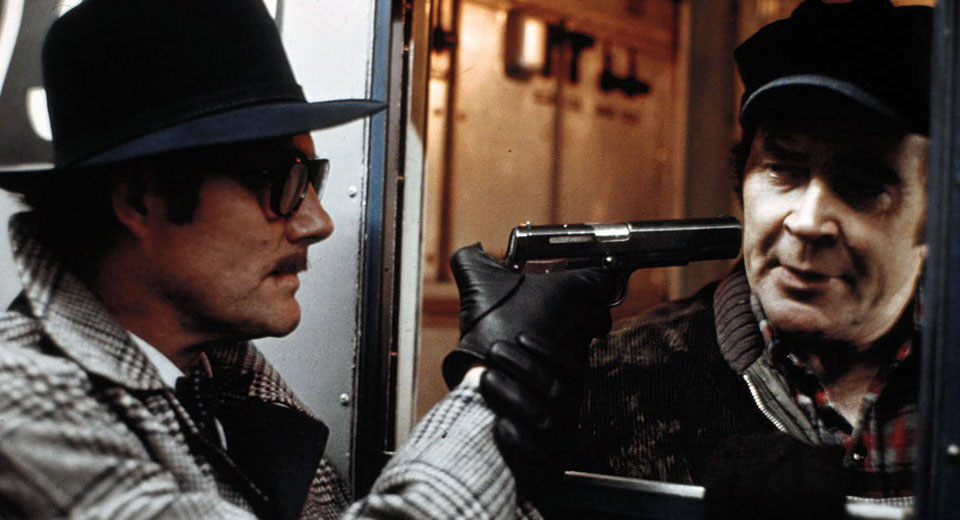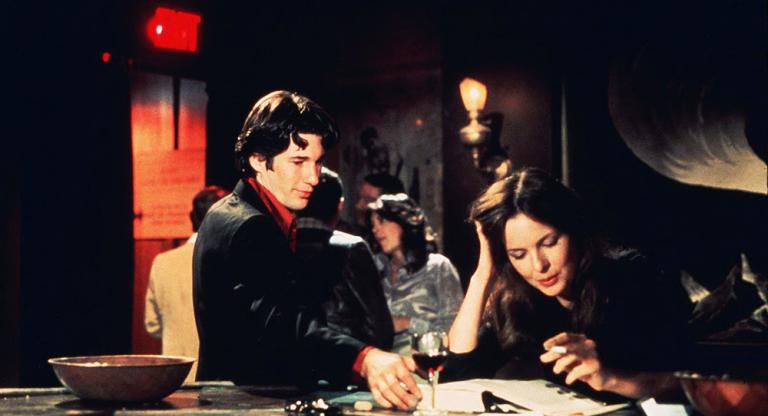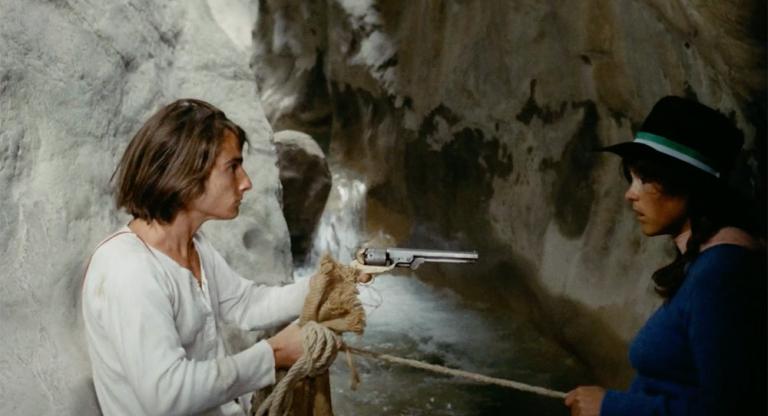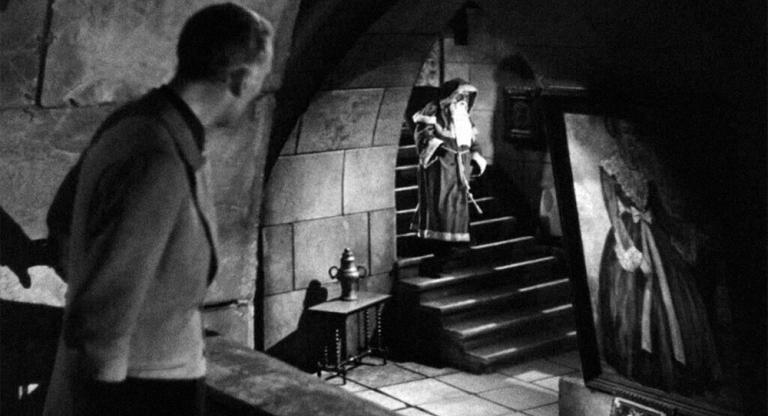
In the first few minutes of The Taking of Pelham One Two Three, an MTA conductor-in-training misspeaks the name of a train stop, catches himself, and mumbles an apology over the speaker. His supervisor quickly scolds him for the real error: “Never say ya sorry, kid.”
It might as well be the mantra of one of the most pleasurably cynical thrillers of the 1970s—one of the defining films of a no-fucks-to-give New York attitude that conveys an added swagger at the tail end of the MTA's Summer of Hell. Moments after the conductor’s rookie transgression, four armed men in trench coats and Groucho Marx getup take control of the train and detach the front car. With 17 passengers captive, they demand a $1 million ransom within the hour—after which they'll execute a hostage each subsequent minute. With the ball in the air, several players vie for control of the game: the exasperated, politically focused mayor (Lee Wallace) and his shrewd deputy (Tony Roberts); a cop trapped in the tunnel; an unidentified undercover on board the train; and our hero, MTA cop Lt. Graber (Walter Matthau).
Among an incredible ensemble cast (including Robert Shaw, Martin Balsam, Héctor Elizondo, and Earl Hindman as the hijackers, all disappearing into their roles), Matthau still dominates the show in one of his finest dramatic performances—a weary, deadpan turn that capped off a fantastic run of unlikely neo-noir leading roles beginning with Charley Varrick and The Laughing Policeman the previous year. And yet despite being one of the most pat and precise criminal yarns of the 70s, it’s not beyond the pale to also regard Pelham as a stealth comedy, with everyone stomping around in a stubborn crisis-as-usual mode in which four armed men on a hijacked downtown 6 train are just another irritation amid political minefields, city bureaucracy, and crumbling infrastructure. It probably goes without saying that Pelham doesn't play to contemporary standards of political correctness—as one beleaguered supervisor complains, “If I've got to watch my language just because they let a few broads in, I'm going to quit. How the hell can you run a goddamn railroad without swearing?” Just don’t expect an apology.


